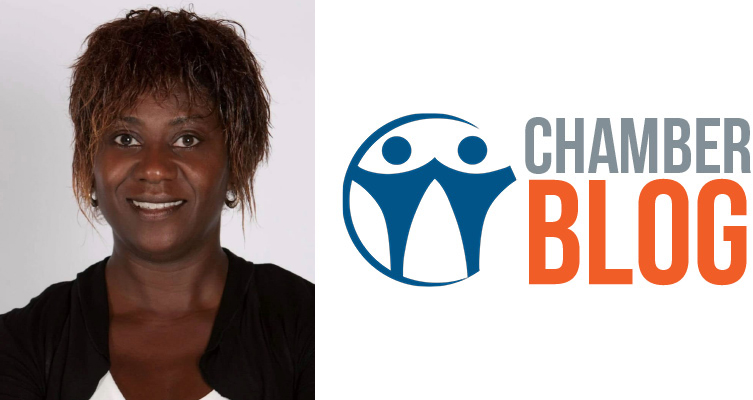Chamber News
Diversity @ Work

2020 was most certainly a shake-up year for employees and employers alike!
Not too long after we were all ordered to stay at home and compliments of social media, many of us were witness to the tragic murder of George Floyd.
A world stage moment of truth.
In the aftermath, scores of outraged citizens marched; Black Lives Matter protests were assembled; the rallying cry of black square posts were mounted on Instagram, and, as of February 2021, 400 Canadian business leaders at companies valued at a combined $1.3 trillion have signed on with the BlackNorth Initiative.
How much further along the Diversity, Equity and Inclusion journey are these firms today?
For anyone that regularly frequented taxi cabs in pre-pandemic days, you may have engaged in enough of a conversation with the driver to learn they were an immigrant to Canada and were career professionals in their homeland. Physician’s, engineers, lawyers, medical researchers, and PhD educators with years of educational, life and work experience are deemed to be incapable of transferring their skills, until such time they have achieved “Canadian experience”. While World Education Services (WES) has made progress to remove educational credential barriers for those immigrating to Canada, more work is needed to recognize the medical contributions that might be beneficial to Canadians – particularly given the height of need the country is expected to experience in the wake of the Great Resignation.
So, what steps can your business take to level the playing field?
The pandemic has given pause for many businesses to rethink what they do and how they do it—to really consider the work that needs to be done and how the work can be done.
For those businesses who are genuinely committed to levelling the playing field, consider starting with the basics. Your Job Descriptions!
Ask yourself:
- When is the last time job descriptions were reviewed?
- Is the content still relevant and reflective of the work that needs to be done?
- Do the job requirements still make sense?
- Can the work be done away from the business location?
- How wide do we cast our net or are we limiting the potential talent pool?
- How does our selection process and/or our selection committee present barriers or cause biased exclusions?
When you begin to dig beneath the surface to uncover the answers to these and other questions, you begin the process of removing systemic practices that prevent diversity; that perpetuate inequity and that enable the status quo of exclusion. Exclusions based on gender, gender identity, race, ethnicity, age, disability, and any other protected ground in Ontario.
The business case for Diversity, Equity and Inclusion is a simple one – Harvard Business Review tells us that “diverse companies are 70% better positioned to capture new markets than homogeneous ones”.
If your business is not already on the Diversity, Equity, and Inclusion journey, what business growth are you missing out on?
– Veronica Utton, CHRL, CLC
(She/Her)
Workshop Facilitator
Predictive Success Corporation
References:
- https://financialpost.com/executive/the-blacknorth-initiative-has-a-business-plan-for-change-and-its-already-starting-to-pay-dividends
- https://theconversation.com/canadas-corporations-fail-to-meet-the-blacknorth-pledge-and-were-not-surprised-166457
- https://www.newswire.ca/news-releases/curbing-the-great-resignation-numbers-to-know-in-canada-s-tight-labour-market-818053493.html
- http://www.ohrc.on.ca/en/ontario-human-rights-code
